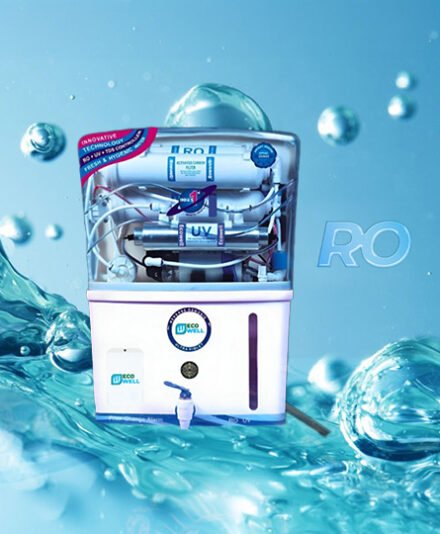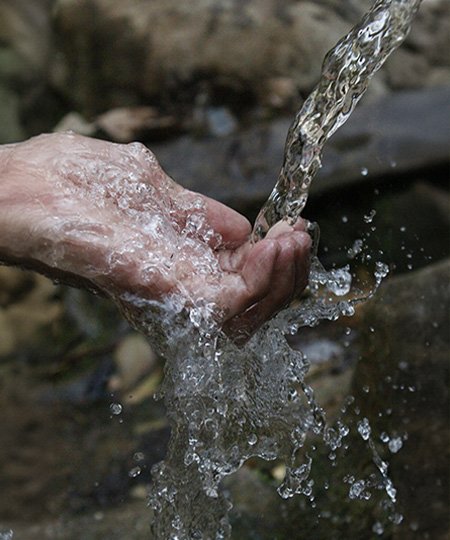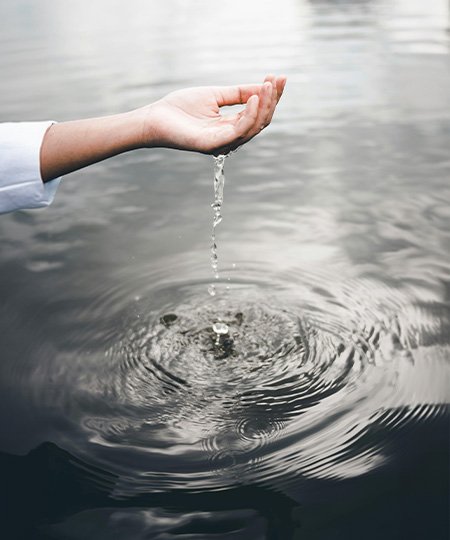Reverse Osmosis (RO) is a water purification technology that uses a semi-permeable membrane to remove ions, molecules, and larger particles from drinking water. Unlike osmosis, which occurs naturally, reverse osmosis requires external pressure to work.
How Reverse Osmosis Works:
- Pressure Application: In reverse osmosis, pressure is applied to the side with the higher concentration of solutes. This pressure needs to be greater than the natural osmotic pressure to reverse the flow of water.
- Semi-permeable Membrane: Similar to osmosis, RO uses a membrane that allows water molecules to pass but blocks the majority of dissolved salts, organics, bacteria, and pyrogens.
- Water Flow: Water is forced through the RO membrane, leaving contaminants behind. The clean water that passes through the membrane is called permeate, while the concentrated water containing the impurities is called brine or reject water.
Steps in Reverse Osmosis:
- Pre-filtration: Water is pre-filtered to remove larger particles and sediments that could clog the RO membrane.
- Pressurization: A pump applies pressure to the pre-filtered water, pushing it through the RO membrane.
- Membrane Filtration: Water molecules pass through the semi-permeable membrane, while contaminants are left behind.
- Post-filtration: The permeate may undergo additional filtration stages to further purify the water.
Applications of Reverse Osmosis:
- Drinking Water: RO systems are commonly used to purify drinking water by removing harmful contaminants.
- Industrial Processes: Used in various industries for processes requiring high-purity water.
Desalination: Converts seawater into freshwater by removing salts and other impurities.
- Wastewater Treatment: Purifies wastewater for reuse or safe discharge into the environment.




